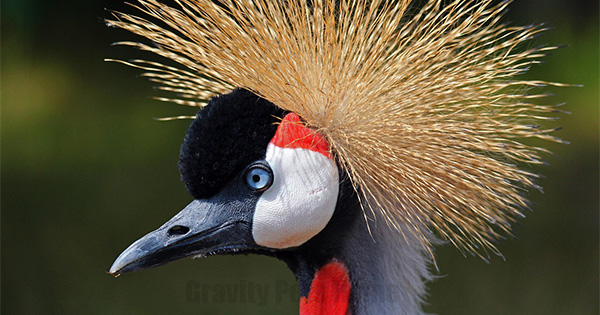Why Protecting Endangered Species Matters
Beyond Majestic Creatures: The Importance of Protecting Endangered Species
Endangered species are vital to the delicate balance of our ecosystems. Each species, whether a large predator or a tiny insect, has a role in supporting biodiversity, keeping ecosystems resilient, and sustaining clean air, water, and fertile soil. When a species is lost, it causes ripple effects that destabilize the food chain, weaken the ecosystem, and put other species at risk, leading to further biodiversity loss. Biodiversity helps ecosystems recover from disasters, disease outbreaks, and climate changes, benefiting humans and wildlife alike.
The diversity of species also supports the world’s food systems and natural resources. Plants, animals, and insects play roles in pollination, seed dispersal, and maintaining soil health. Many plants and animals are sources of medicines, food, and raw materials used in daily life. Protecting endangered species means preserving the foundation of our planet’s resources and promoting a healthier future for all.
Causes of Species Endangerment
Unfortunately, human activity is the primary cause of species endangerment. Deforestation, pollution, climate change, habitat destruction, and illegal poaching have accelerated species loss. Urban expansion and agricultural development have led to habitat fragmentation, forcing animals into smaller, isolated areas where they struggle to find food, mates, and shelter. Pollution, such as plastic waste, pesticides, and oil spills, severely impacts marine and land species. Climate change disrupts migration patterns, food availability, and habitats, while illegal wildlife trade exploits vulnerable species, pushing them closer to extinction.
Conservation Efforts and How They Help
Thankfully, conservation efforts by organizations, governments, and individuals are working to protect endangered species. Conservation programs focus on creating protected areas, reintroducing animals into the wild, and monitoring species populations. Habitat restoration efforts work to repair degraded ecosystems, allowing animals to thrive in a more balanced environment. Anti-poaching initiatives combat illegal hunting and trafficking, creating safer spaces for animals.
Policies like the Endangered Species Act and global treaties such as CITES (Convention on International Trade in Endangered Species) have been established to prevent wildlife exploitation. However, much of the conservation work relies on public support and education.
How You Can Make a Difference
Individual actions are essential to the success of conservation efforts. By making small changes, anyone can contribute to wildlife protection. Here are a few practical ways to help:
- Reduce, Reuse, and Recycle: Minimize plastic usage and recycle whenever possible to reduce pollution that harms wildlife.
- Support Conservation Organizations: Donate to or volunteer with organizations dedicated to protecting endangered species and their habitats. Many groups work globally, making every contribution impactful.
- Educate Yourself and Others: Share information about endangered species and their importance. Raising awareness can inspire others to take action, building a community of conservation-minded individuals.
- Choose Sustainable Products: Select products that are eco-friendly, cruelty-free, and sourced from companies that support wildlife conservation.
- Advocate for Wildlife Protection Policies: Engage in local and global initiatives that aim to create stronger environmental laws. Public support can lead to changes in policy that benefit endangered species and their ecosystems.
Final Thoughts
Protecting endangered species is a shared responsibility that benefits everyone. Every step taken to reduce environmental impact, support conservation efforts, or raise awareness contributes to a healthier, more resilient planet. By prioritizing wildlife protection, we are investing in a future where ecosystems thrive and biodiversity flourishes, ensuring that future generations can witness the incredible diversity of life on Earth.


